It was unintentional – and my fault.

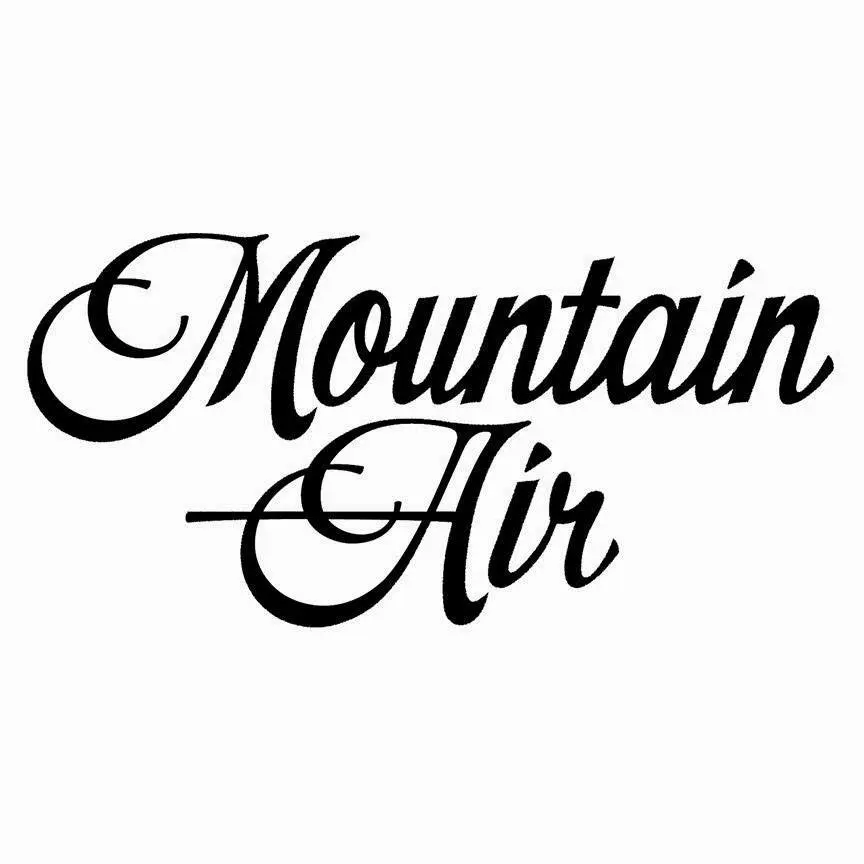
The Blue Ridge Mountains, north of Asheville, North Carolina, present a picture-perfect location for a retirement home. Nestled in the shadow of Mount Mitchell, which at 6,089′ is the highest peak in the Appalachian chain, is a picturesque place called Slickrock Mountain. On top of that mountain sits a spectacular, gated community named Mountain Air. Right in the middle of that community is the highest-elevation (4,436′ MSL) airport east of the Mississippi River. The paved runway cuts a breathtaking and dramatic swath across the mountaintop, dissecting the 18-hole championship golf course. It was here, twenty-seven years ago, that I crashed a perfectly good airplane and almost killed four people.

Not long before that dark day, my wife and I purchased a beautiful condominium near the elevated tenth-hole tee box. The proximity to this dramatic Par-3 engineering marvel only enhanced the extraordinary 100-mile views we enjoyed from our deck.
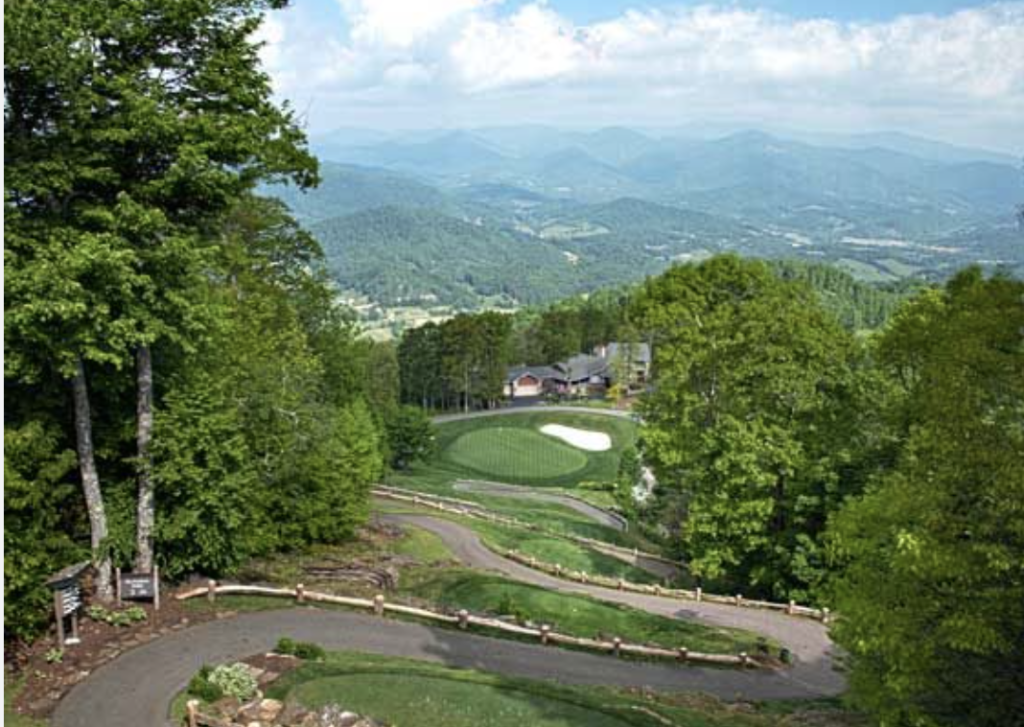
The magnificent development was made all the more attractive to us because we could hop into our own airplane from our home near Indianapolis and arrive atop Slickrock Mountain in less than two hours.
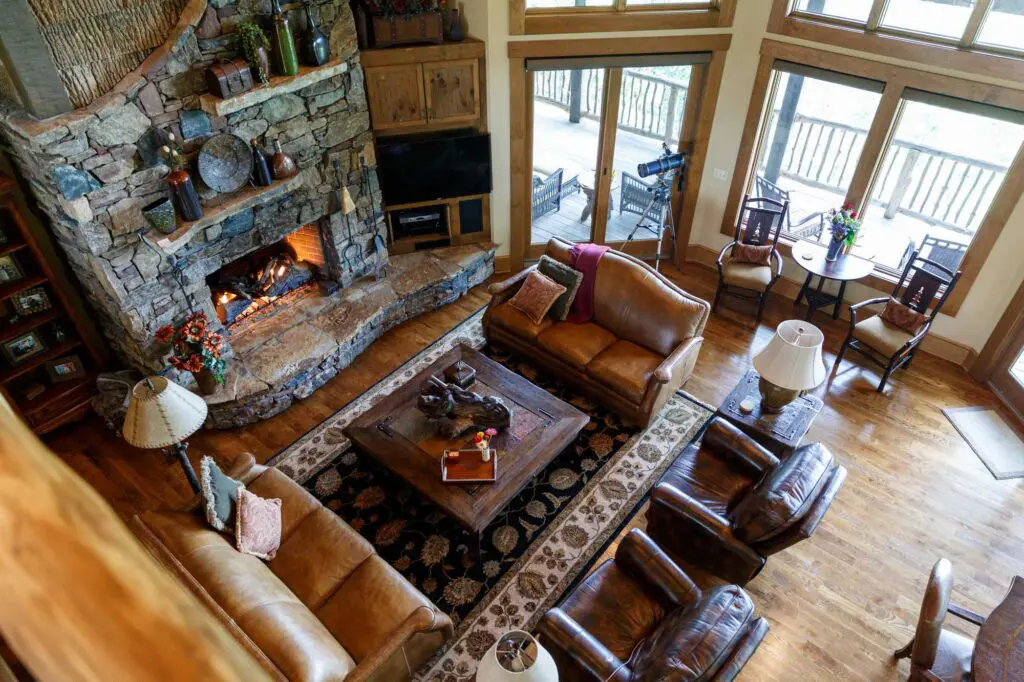
We took special joy in sharing our home with family, friends, and business associates. Rarely were we there alone; the joy and excitement in the eyes of first-time visitors was too much to resist. It was during one such shared weekend with our daughter and her friend that things went haywire.
The runway at Mountain Air airport, known officially as 2NC0, is challenging. The community managers require any pilots flying in for the first time to undergo a strict preparedness routine. Once that requirement is met, significant challenges remain. The local weather can change on a dime, and a pilot is best served by over-flying the airport upon approach to the mountain to observe the winds. These winds, and the accompanying turbulence and shear, can make an approach and landing unsafe. Selecting an alternate airport has to be a top-of-mind option.
As you can see in the photo below, the runway has a significant slope. Pilots use this to their advantage, taking off downhill. Landing in the opposite direction and heading into the slope helps to dissipate energy upon touchdown and slow the aircraft.
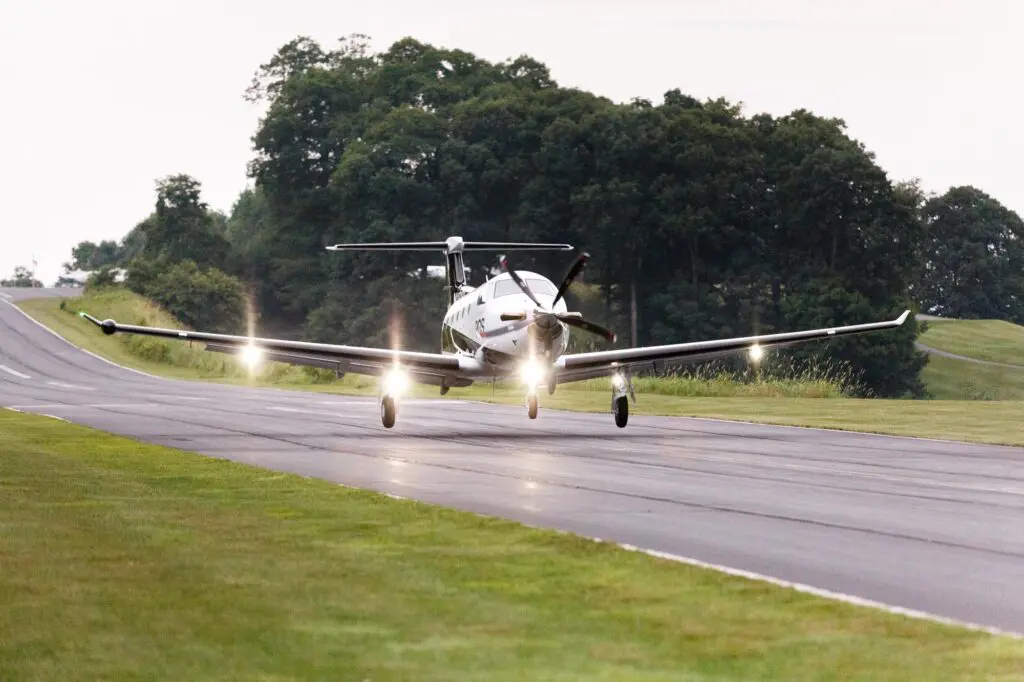
Below is another runway view.
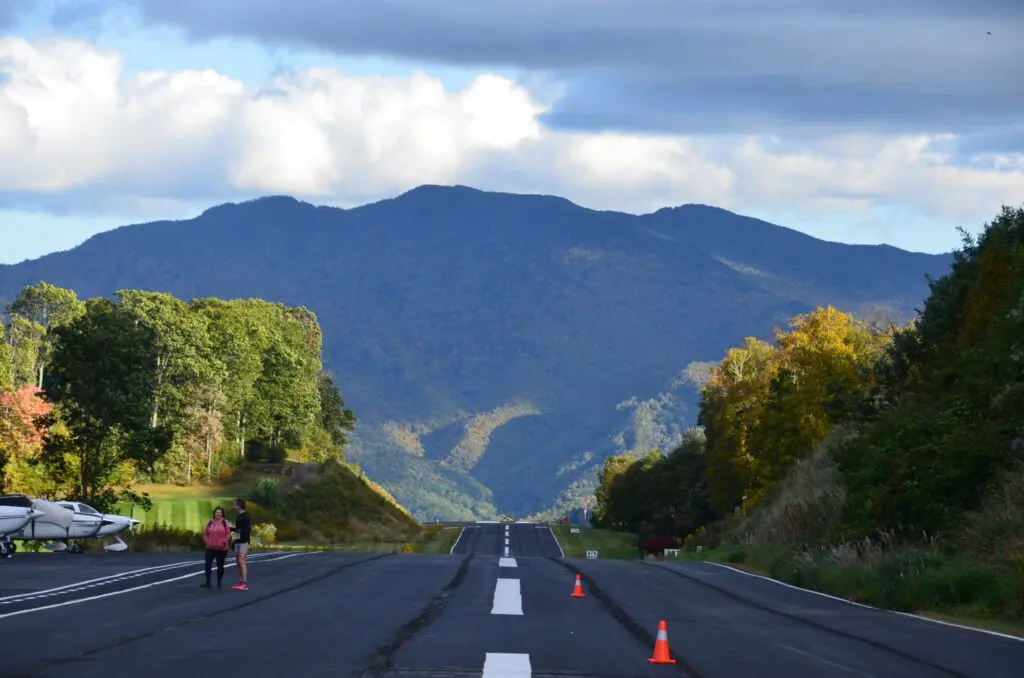
The position at the start of the takeoff roll begins on the numbers at Runway 14. The 14 numeral represents the nearest magnetic heading of the runway, in this case 140°.
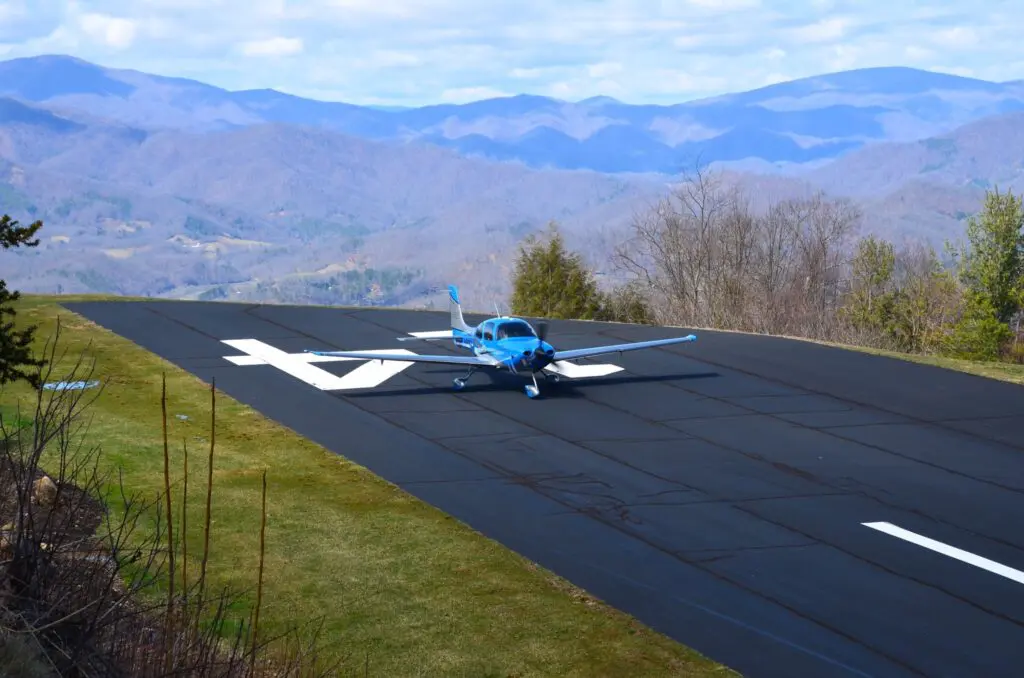
Strike One!
Our departure from Mountain Air was scheduled for mid-morning. Our daughter’s guest was expected to play in a golf tournament back in Indiana later in the day, so we ate breakfast while enjoying a bit of mountain breeze crossing our deck. Our guest’s golf tournament was fresh news to me. We would have to adjust our flight plans to accommodate this, so I hurried through breakfast and called for a weather report asking for anticipated visibility and winds aloft. The news wasn’t so good. Visibility out of Mountain Air was deemed to be Marginal VFR. There wasn’t really a cloud ceiling to be concerned with, but the visibility sucked. When flying in mountainous terrain, clear visibility is good, poor visibility is bad. My stress level moved up a notch.
Strike Two!
I made a couple of trips between the condo and the airplane, carrying luggage and getting things stowed away. I pre-flighted the airplane, carefully examining the control surfaces, fuel tanks, engine compartment and oil level, tire pressure, and multiple other important points of concern to a pilot. Everything looked to be in order. We were good to go.
The July sun was already bearing down hard on the asphalt parking lot. Perspiration began to leak down my back and underarms. I had not slept very well the previous night and was not feeling 100% my best self. In addition to not feeling well, the heat and humidity were also taking a toll. I returned to the condo and found my passengers almost ready for departure. We all made one final bathroom visit and headed for the airplane. I was wishing I felt better.
Strike Three!
By the time we reached the airplane, we were all hot and sweaty. There was no wind, the humidity was intense, and the visibility had not improved. I was determined to get the show on the road, or rather, the airplane in the air.
My airplane was a Piper Commanche, PA-24-260. It looked something like this one. I had already performed a density altitude calculation based on carrying four people, baggage, and my known fuel load. This is a critical consideration when flying out of this high-elevation airport. An airplane will not perform as well at 4,400′ as it does at sea level. High heat and humidity levels further deteriorate performance. We were deemed to be well within the safety band for an unadventurous takeoff, so we all climbed aboard.
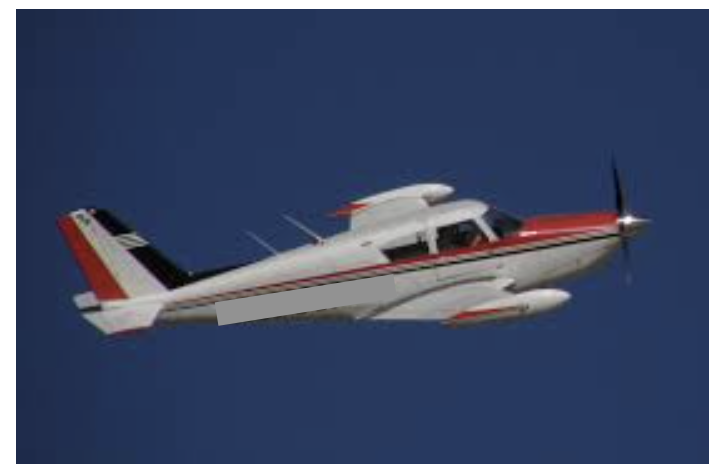
The passenger loading procedure for the Piper Commanche is specific because there is only one door, and it is on the right side of the aircraft. The protocol requires the rear seat passengers to load first. One at a time, they step up onto the right wing and enter the cabin. The left rear seat passenger goes first, followed by the right rear seat passenger. The Pilot enters next, and finally, the front right-seat passenger climbs aboard.
Now, here the four of us are, huddled together in the heat, inside an airplane with only two small ventilation ports for fresh air. Because of the heat, I asked my wife to keep the door unlatched and open a couple of inches to provide some air circulation. She had handled that task before with great proficiency. I proceeded through my Engine Start Checklist and moved on to the Before Taxi Checklist and then to the Run Up and Before Takeoff Checklists.
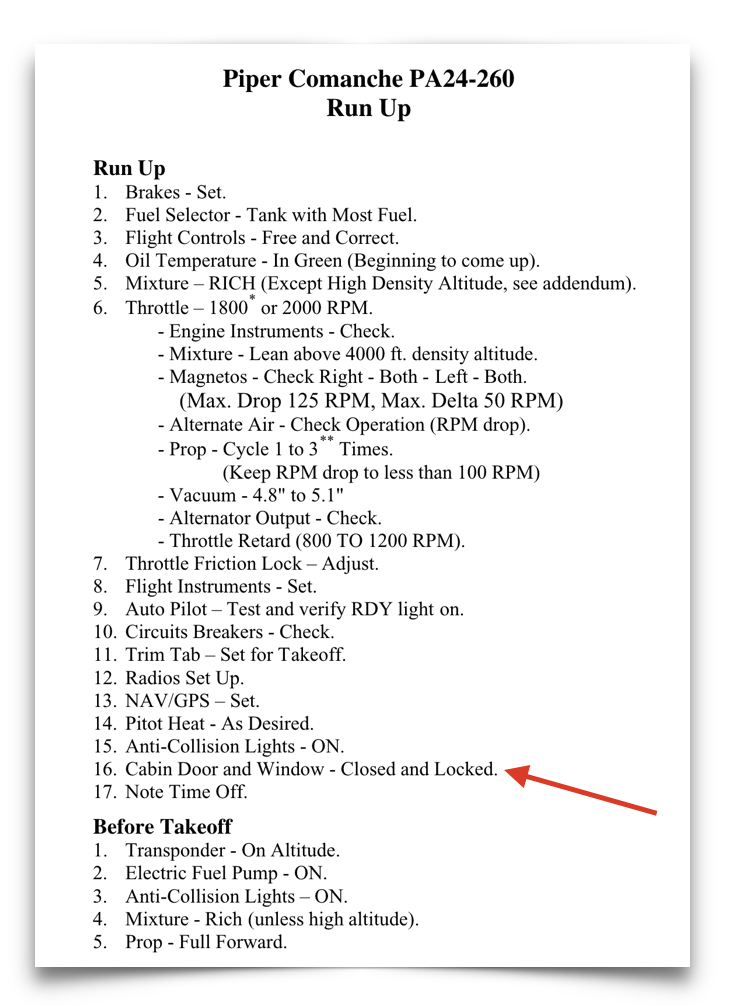
You’ll notice on my Checklist, Item 16 Cabin Door and Window – Closed and Locked. I instructed my wife to close the door and latch it. There are two latches on this model of aircraft. Once my wife closed and latched the door I failed to check to see that the all-important second latch was securely closed. That was strike three.
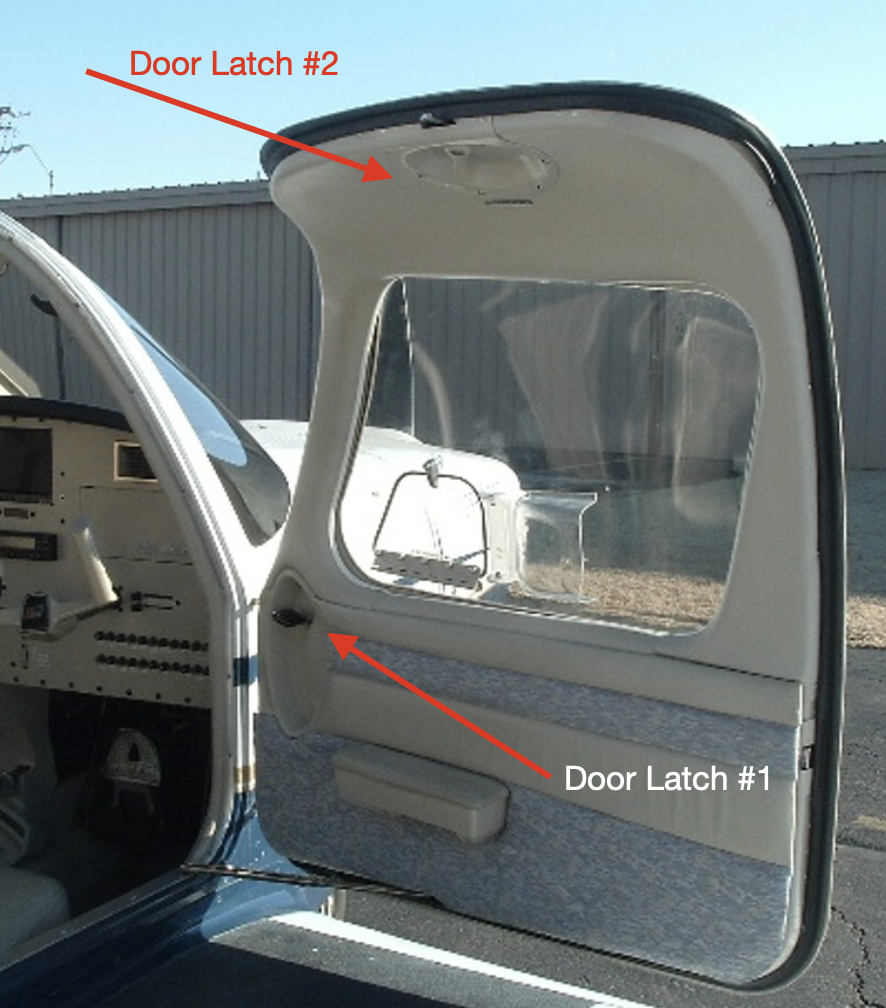
Our takeoff from Runway 14 was normal in every way…. until we got to about the point where you see this aircraft. Then the door popped open. The door is hinged on the front edge so it wasn’t in any danger of falling off. The speed of the air moving along the fuselage (and door) causes a negative air pressure along the surface, and it was this scientific principle that caused the door to be sucked open. A pilot’s first responsibility when confronted with an abnormality in flight is to fly the airplane, so I focused on doing that, getting clear of the mountain and gaining some altitude. I at least did that part well. I next focused my attention on trying to relatch the door. My first attempt did not succeed. I made a radio call on the airport’s Unicom frequency and began a turn back towards the airport, determined to land.
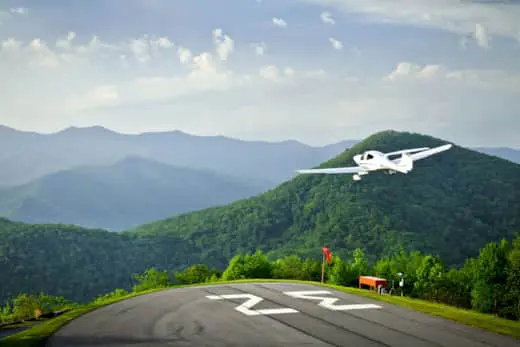
Strike Four!
As I was returning to the airport, I refocused on the open door. I should not have allowed myself to try to land the airplane and close the door at the same time.
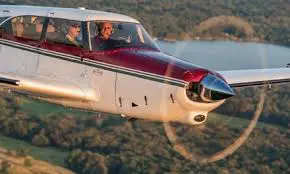
“Kris! Pull up!” screamed my wife. I looked out the windshield and saw the mountain coming up fast. I was below the level of the runway and on an angle to fly head-on into the cliff directly below the runway. Her warning came just in the nick of time. A millisecond later would have been too late. I can say that with certainty because we didn’t quite gain enough altitude. The airplane’s nose wheel contacted the ground about eight inches below the paved surface. It snapped off, followed immediately by the left main wheel. By the grace of God, we had just barely made it onto the runway.
With the nose wheel and the left main wheel gone, the left wing drug along the runway and pulled us to the left. The aircraft was thankfully slowing, but then it exited the runway, sailed rapidly across a strip of grass and a golf cart path, and impacted the heavily forested area on the perimeter of the golf course. The impact crushed the front of the airplane, pushing the engine and the wings back. My wife’s head slammed into the instrument panel. I thought she was dead.
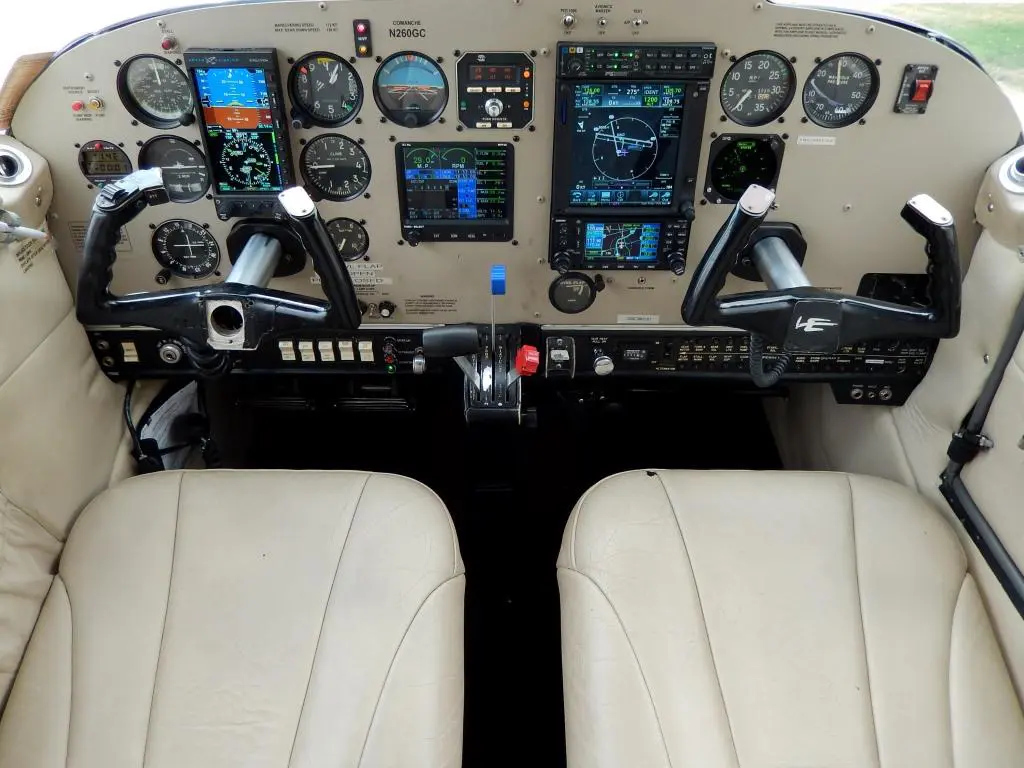
The smell of aviation fuel permeated the cabin. We had to get out of the aircraft before the airplane caught fire and exploded. My wife was alive but injured and stunned. She was in no position to operate the door. The rear seat passengers were in shock and could not move. I maneuvered my body around my wife’s seat and tried to open the door. The wing had folded back enough that the door would not open. The smell of AvGas grew more intense. In a fit of energy fueled purely by adrenalin, I slammed my butt against the door and shoved. It opened!

I extracted my wife from the cockpit, got her safely on the ground, and went back to get the other two passengers. They were able to walk on their own and climbed off the wing to safety. Our luck still had not run out. Our airplane had crashed into the trees just beyond the two large boulders pictured above. On that green was a foursome that included two doctors. They attended to my wife, who had, by that time, developed a massive, bulbous formation on her forehead. The rear seat passengers were silent but safe. I came away without a scratch. Within minutes, the ambulance and fire trucks arrived, and the growing crowd around us joined us in marveling at just how lucky we were to be alive.
This Saturday, it will be twenty-seven years to the day that this crash happened. I think about that day occasionally, always with wonderment (and gratitude) that the four of us lived through it. I’ve felt strongly throughout the ensuing years that it was the Hand of God that reached out and boosted that little airplane with four souls aboard it.
People who knew me as an avid pilot before the accident asked me if I would ever be able to summon up the nerve to fly again. My answer was always the same. “Yes, I will. I will because I know the mistakes I made – they were all my fault. I won’t make those mistakes again.”

The dropoff beyond this golf hole provides some perspective as to the severity of the terrain at Mountain Air. The fireworks in the photo below were launched within a hundred yards of our crash sight.
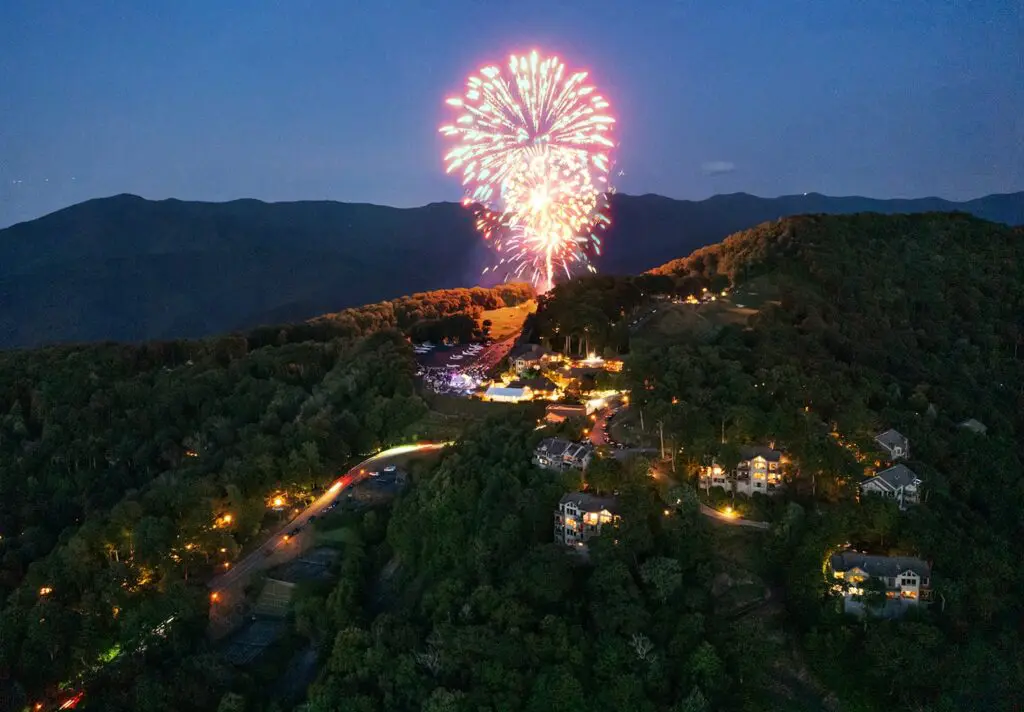

Welcome to 3-Minutes A Day University, where you can learn a little about a lot of things every day in three minutes or less. We help you expand your knowledge and understanding of the real world, and 3-MAD University is tuition-free. Our wide-ranging syllabus includes a fascinating insight into topics including Health and Medicine, Science, Sports, Geography, History, Culinary Arts, Finance and the Economy, Music and Entertainment, and dozens more. You will impress yourself, your friends, and your family with how easy it is to learn facts and perspectives about the world around you. One topic you will never find covered is politics. We hope you enjoyed the previous three minutes. If you liked this post, please pass it along to a friend.
Was this email forwarded to you? Subscribe Here.
© Copyright 2024. 3-Minutes A Day University All Rights Reserved. Unsubscribe


Mark
Yikes! What a harrowing experience. Your descriptive recollections and storytelling ability had me racing for the next word. A great survival story on its own but when you know some of the people involved, you are totally immersed.
Carol
Glad you are a good pilot, Kris!!! You kept everyone safe!
RICK
WOW! I’m guessing a true story. Very well written Kris! Intense!